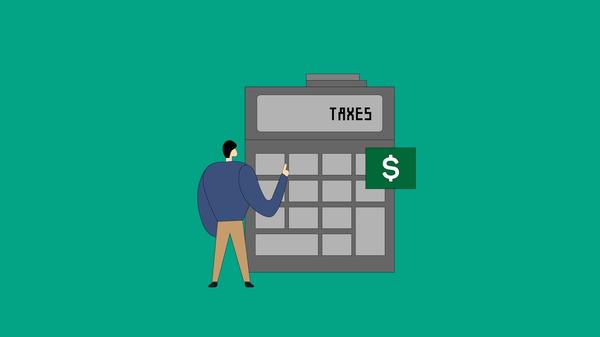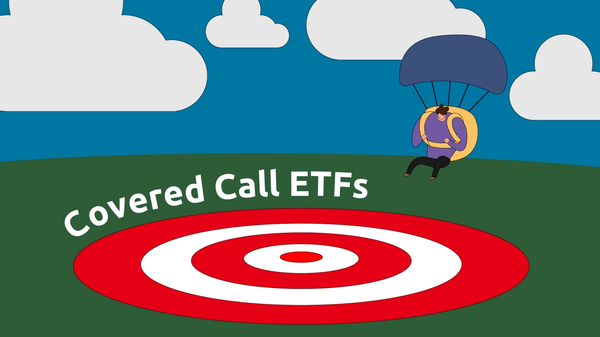Not everyone has the time to monitor the movements of the entire stock market on a daily basis. Nor does an investor want to lose diversity in their asset mix. That’s why total stock-market-index funds have become so popular.
A total stock-market-index fund contains a basket of stocks within a mutual fund or exchange traded fund (ETF) that tracks an equity index. These equity indexes contain stocks across various industries designed to represent the performance of the overall equity market.
Investors can't buy an index directly, but instead, can invest in a fund that mirrors a broad-based index, such as the Russell 3000 Index, the S&P 500, or the Wilshire 5000 Total Market Index.
By investing in stocks linked to a given index — called a benchmark — a total market index fund's performance aims to mirror the equities within the underlying. The stocks within these funds may include those issued by large, well-known corporations and stocks of smaller, lesser-known companies.
While the S&P 500 accounts for nearly 80% of the total market capitalization of U.S. common equities, the S&P Total Market Index provides an even broader, and more diverse, measure of the market's performance. Launched on March 27, 2006, the index contains over 3,800 securities. The performance of the index can be tracked using the stock ticker SPTMI.
What is a total stock market index?
The difference between a total stock market index fund and an S&P 500 index fund is that the S&P 500 Index includes only large-cap stocks. The total stock index includes small-, mid-, and large-cap stocks. However, both indexes represent only U.S. stocks.
Comparing the Total Stock Market Index to the S&P 500 Index is a smart way to choose a high-quality, low-cost core holding for your portfolio. Although each index shares many of the same holdings with the other, you should know some key factors before you invest. Find out which index fund is best for your portfolio.
While the S&P 500 accounts for nearly 80 percent of the total market capitalization of U.S. common equities, the S&P Total Market Index provides an even broader, and more diverse, measure of the market's performance. Launched on March 27, 2006, the index contains over 3,800 securities. The performance of the index can be tracked using the stock ticker SPTMI.
Why ETFs that track Indexes are perfect for passive investors
ETFs that track Indexes are perfect for passive investors. They provide benefits such as:
1. Diversification
2. Simplicity
3. Liquidity
4. Tax efficiency
Without having to become an expert in a number of indices and corporations, investors can easily purchase a single fund and have access to the entire range of companies that make up that index.
This makes it easy for individuals who are not interested in researching individual stocks to still diversify their portfolio and take advantage of the long-term, broad market performance. When investors buy ETFs that track indices, they gain exposure to multiple markets, sectors, and industry groups with one simple purchase.
ETFs that track Indexes are also highly liquid and tend to have lower costs than other more actively managed funds. This makes them attractive for those who want to gain exposure to the markets but prefer to avoid high management fees.
Lastly, ETFs that track indices are tax efficient. When investments are sold, the ETF distributions made to unitholders are taxed at the investor’s applicable tax rate. If that income were retained by the ETF, it would be taxed at the highest marginal tax rate - which is not ideal for investors.
What is the S&P Total Market Index
Funds that claim to be "total stock market" index funds typically track an index that includes between 3,000 and 5,000 small-, mid-, and large-cap U.S. stocks. Examples of total stock indexes include the Wilshire 5000 Index and the Russell 3000 index. The Vanguard Total Stock Market Index Fund (VTSAX) tracks the CRSP U.S. Total Stock Market Index, which includes approximately 4,136 stocks.
Some of the characteristics of the fund include:
Total net assets: $1.4 trillion;
One-year return: 25.71 percent as of Dec. 31, 2021
Expense ratio: 0.04 percent as of April 29, 2021
S&P Total Market Index
Characteristics
| Detail | %/$ |
|---|---|
| Total net assets | $1.4 trillion |
| One-year return | 25.71% (as of Dec. 31, 2021) |
| Expense ratio | 0.04 (as of April 29, 2021) |
When investing in a total stock market index fund, try not to make the mistake of thinking that you have a fully diversified mix of large-cap stocks, mid-cap stocks, and small-cap stocks in one fund.
Since these funds are cap-weighted, a majority of the large-cap stock market is represented with a small representation of other segments, such as mid-cap and small-cap stocks.
Therefore, its average market cap is large-cap, explaining why it performs similarly to an S&P 500 index fund.
S&P Total Market Index-Linked Products
Large hedge funds such as iShares and Vanguard have become a popular go-to for investors looking for balance and returns. Among the current most popular funds:
1. iShares Core S&P Total US Stock Mkt ETF (ITOT)
2. iShares Core S&P US Total Mkt ETF (XUU)
3. iShares Core S&P US Total Mkt ETF (XUH)
4. iShares Core S&P US Total Mkt ETF (XUU.U)
5. Vanguard Total Stock Market Index Fund
6. Wilshire 5000 Index Investment Fund
7. MSCI ESG Fund
8. MSCI ESG Fund Ratings
Factors to Consider When Choosing Between S&P Total Market Index and other popular Market Indexes
Investors may be surprised to know that returns for total stock market index funds and S&P 500 index funds are similar. The conventional thinking is that small-cap stocks outperform large-cap stocks in the long term (periods of 10 years or more).
This assumption suggests that a total stock market index fund would outperform an S&P 500 index fund over time. Total stock market indices and the S&P 500 index are cap-weighted, which means the companies with the largest market capitalization will receive the highest allocation of stocks. For example, these indexes will allocate more to large U.S. companies like Amazon (AMZN), Apple (AAPL), Microsoft (MSFT), and Meta (FB), formerly Facebook.
Conclusion
As with any investing decision, when considering investing in a total stock market index fund, investors should consider a variety of factors such as expense ratios, liquidity, tax efficiency, diversification, and risk tolerance.
When these and other factors important to you are considered, you will make a better decision about whether to invest in the S&P Total Market Index.


